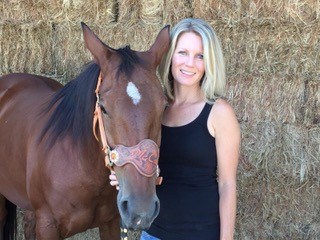Estimating Horse Weight Accurately
- Topics: Article, Body Condition, Vital Signs & Physical Exam
Weight tapes, formulas, or simply "eyeing it" are among the average horse owner’s options for estimating their horse’s weight on the farm. Clearly, guessing weight by eyeing a horse is a bit like a carnival game, but Auburn University researchers recently examined three methods and found out one stood out as a more accurate approach.
"Knowing the body weight of a horse is important in many facets of horse care, including designing feeding programs and administering medication," reported the study authors, Elizabeth Wagner, PhD, assistant professor in the Department of Animal Science, and Patricia Tyler, MS, research associate in the Department of Animal Science. "However, horse owners and veterinarians working in the field generally do not have access to a livestock scale for the purpose of obtaining a horse’s weight."
In the current study, which was funded by the Alabama Horse Council, the researchers weighed 145 adult horses of varying breeds and body types on a portable livestock scale to determine their actual weight before these animals’ weights were estimated using three commonly used methods:
- A commercially available weight tape (following the directions that came with the tape);
- Using the estimation formula: (kg)=(heart girth2 x body length) / (11,880 cm3) with length defined as "measuring from the point of shoulder to the point of buttock" (termed the "point measurement"); and
- Using the same estimation formula listed above, this time with length being defined as "measuring from the point of shoulder to the widest point of the stifle and tail when viewed from the rear" (termed the "stifle measurement").
In the aforementioned formulas, both heart girth and body length are measured in centimeters
Create a free account with TheHorse.com to view this content.
TheHorse.com is home to thousands of free articles about horse health care. In order to access some of our exclusive free content, you must be signed into TheHorse.com.
Start your free account today!
Already have an account?
and continue reading.

Written by:
Casie Bazay, NBCAAM
Related Articles
Stay on top of the most recent Horse Health news with















